HCP'S CORNER
Management of Fever
“Fever is nature’s engine which she brings into the field
to remove her enemy.”
Thomas Sydenham


When to treat a fever?
Reference: Bush LM. Fever in adults. MSD Manual. Sep 2022. Accessed on Nov 2, 2022, from https://www.msdmanuals.com/en-in/home/infections/biology-of-infectious-disease/fever-in-adults

Treatment strategy
The primary goal: Relieve the discomfort commonly associated with fevers by reducing temperature to normal body temperature.
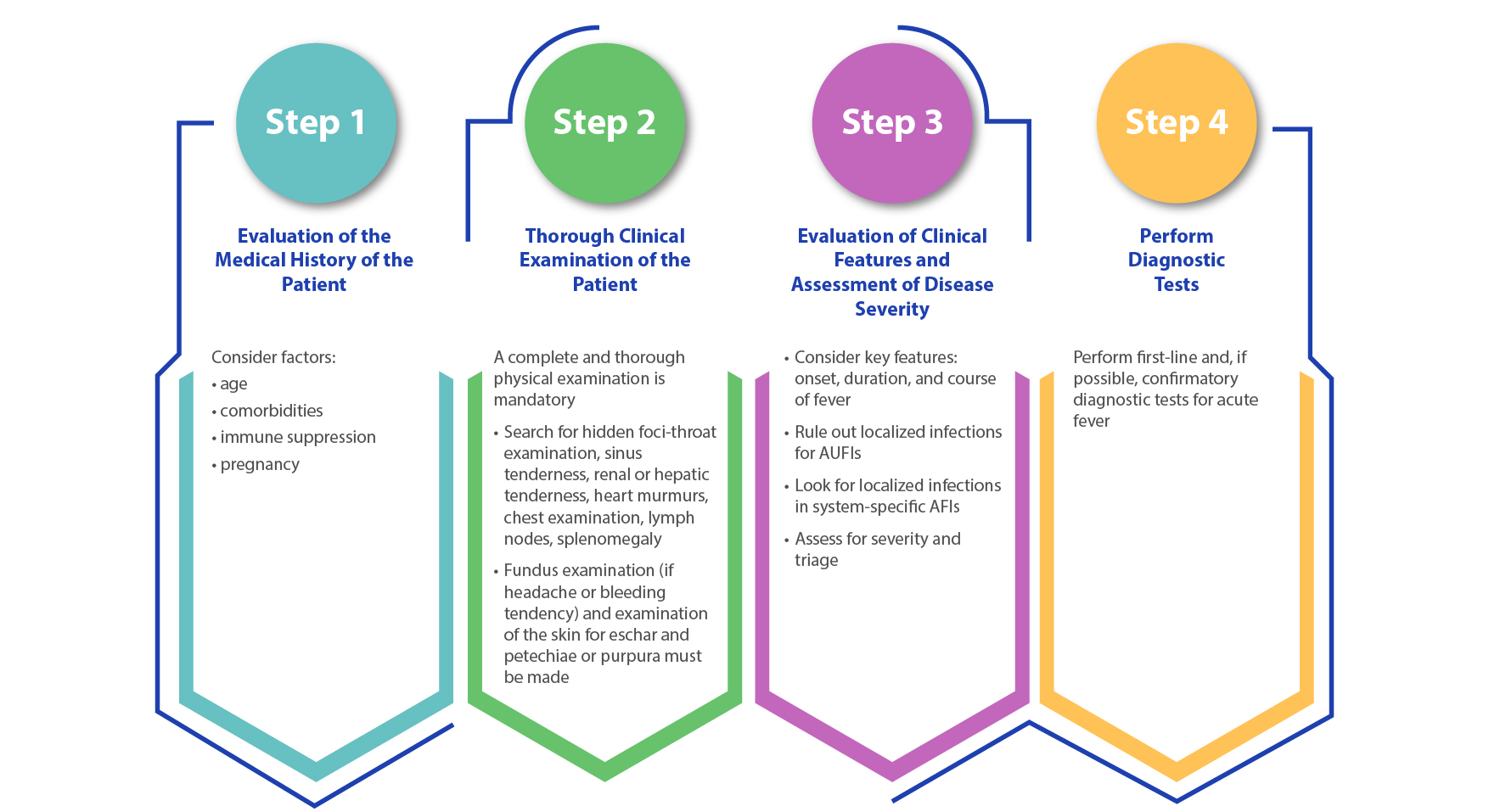
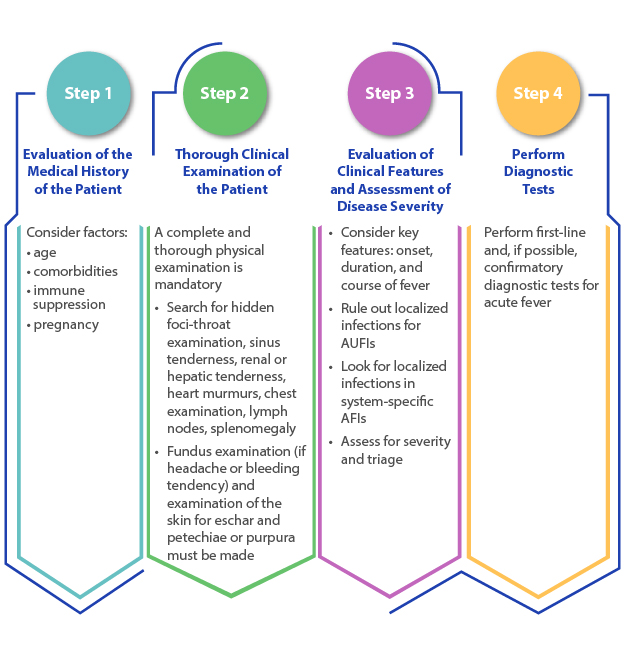
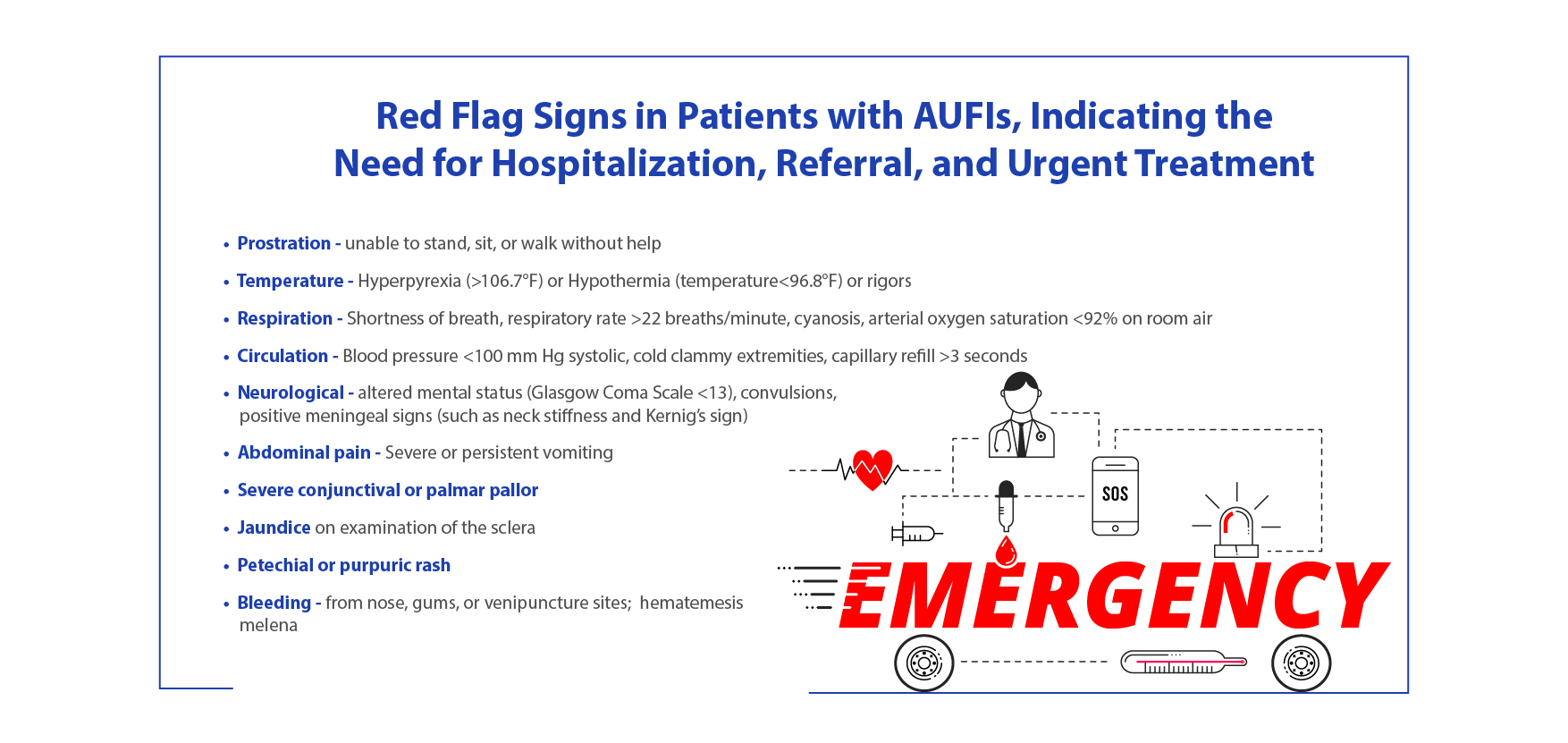
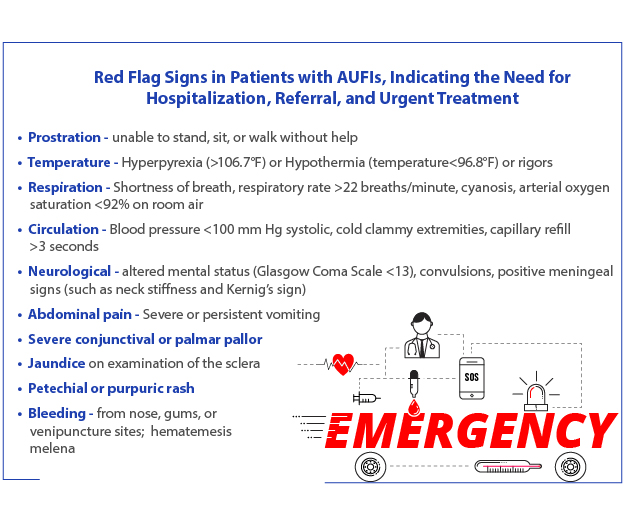
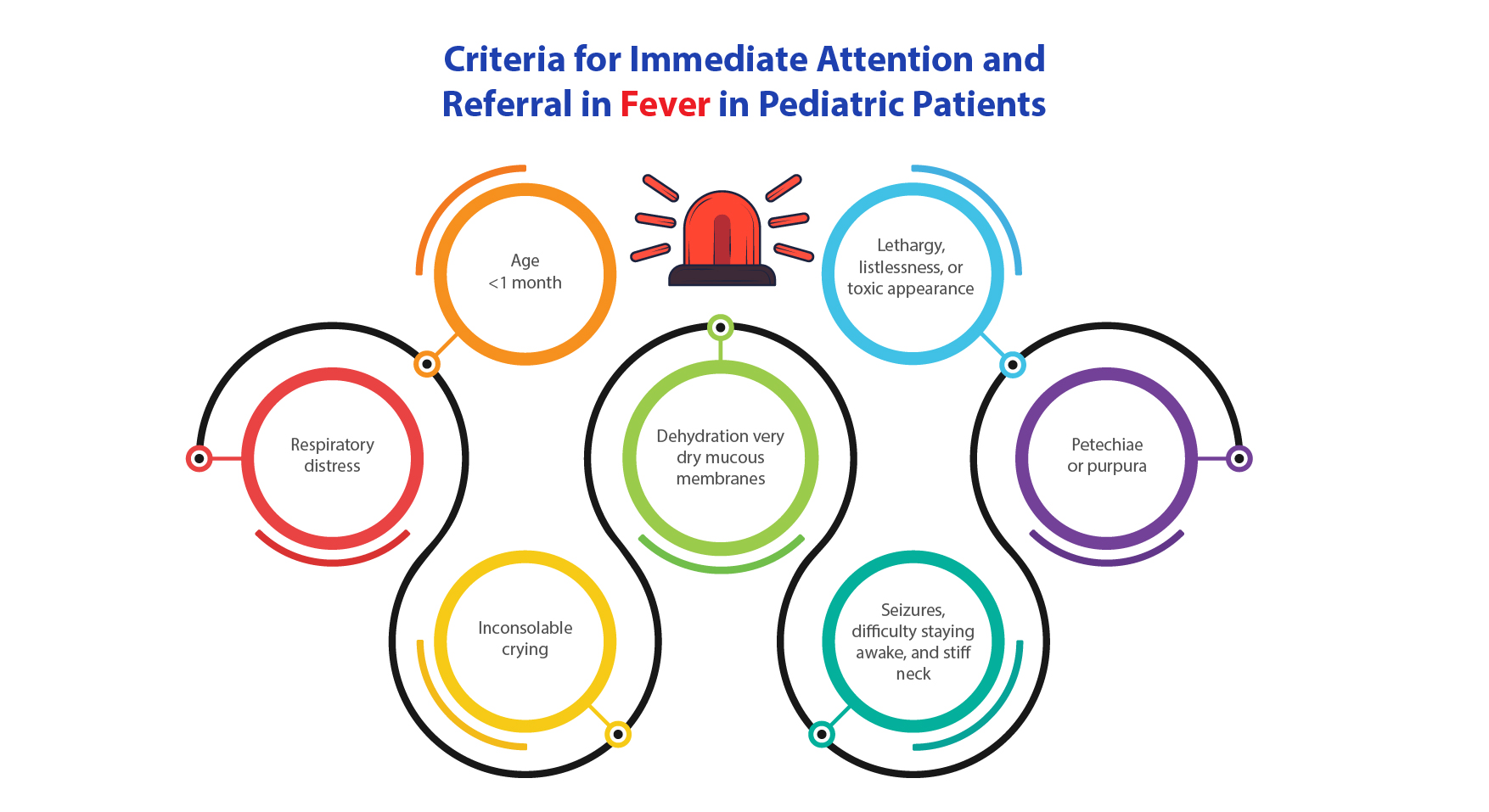
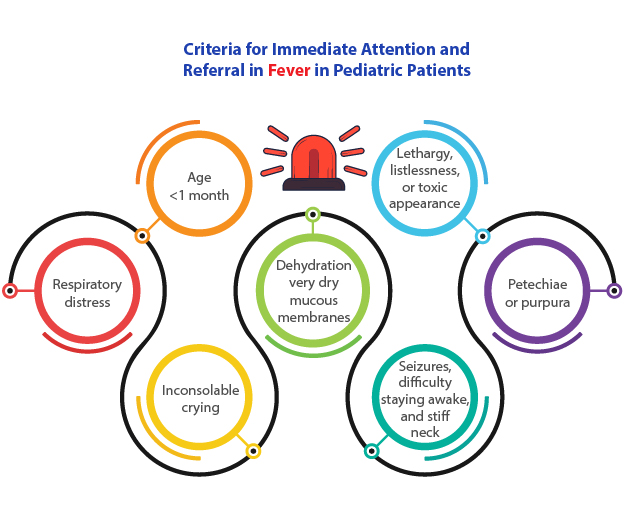
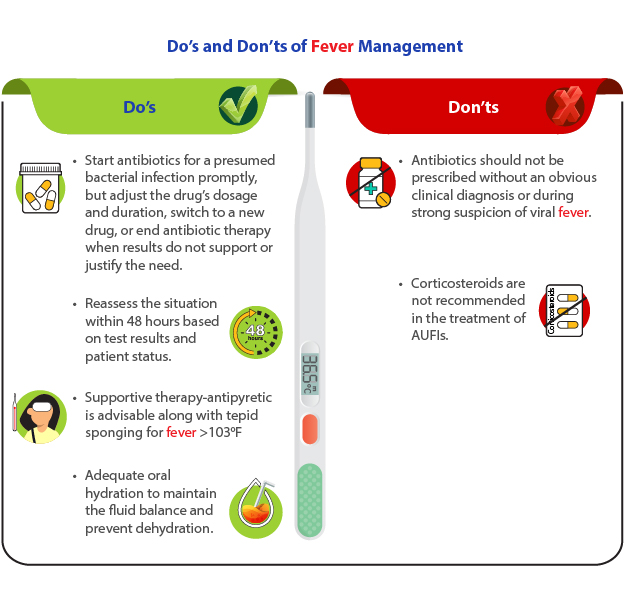
Reference:Stepwise guide for diagnosis and management of acute fever in primary care. Accessed on November 2, 2022, from https://www.ima-india.org/ima/pdfdata/Treatment-Algorithm-Flip-Chart-03122021.pdf

Role of anti-pyretics in fever
Ideal anti-pyretic
Mefenamic Acid as an anti-pyretic
Mefenamic Acid vs. other anti-pyretics
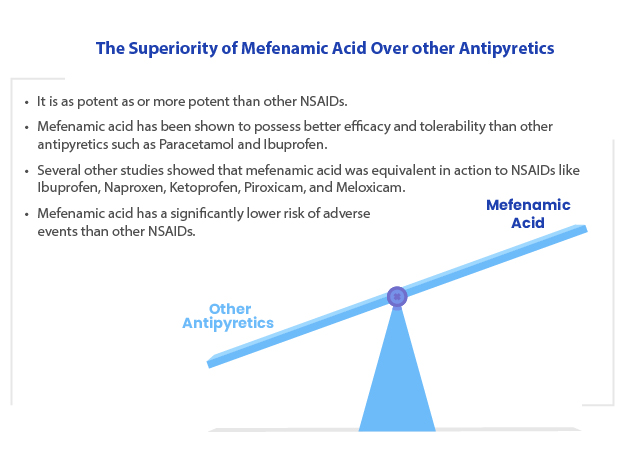

Other Sections to view